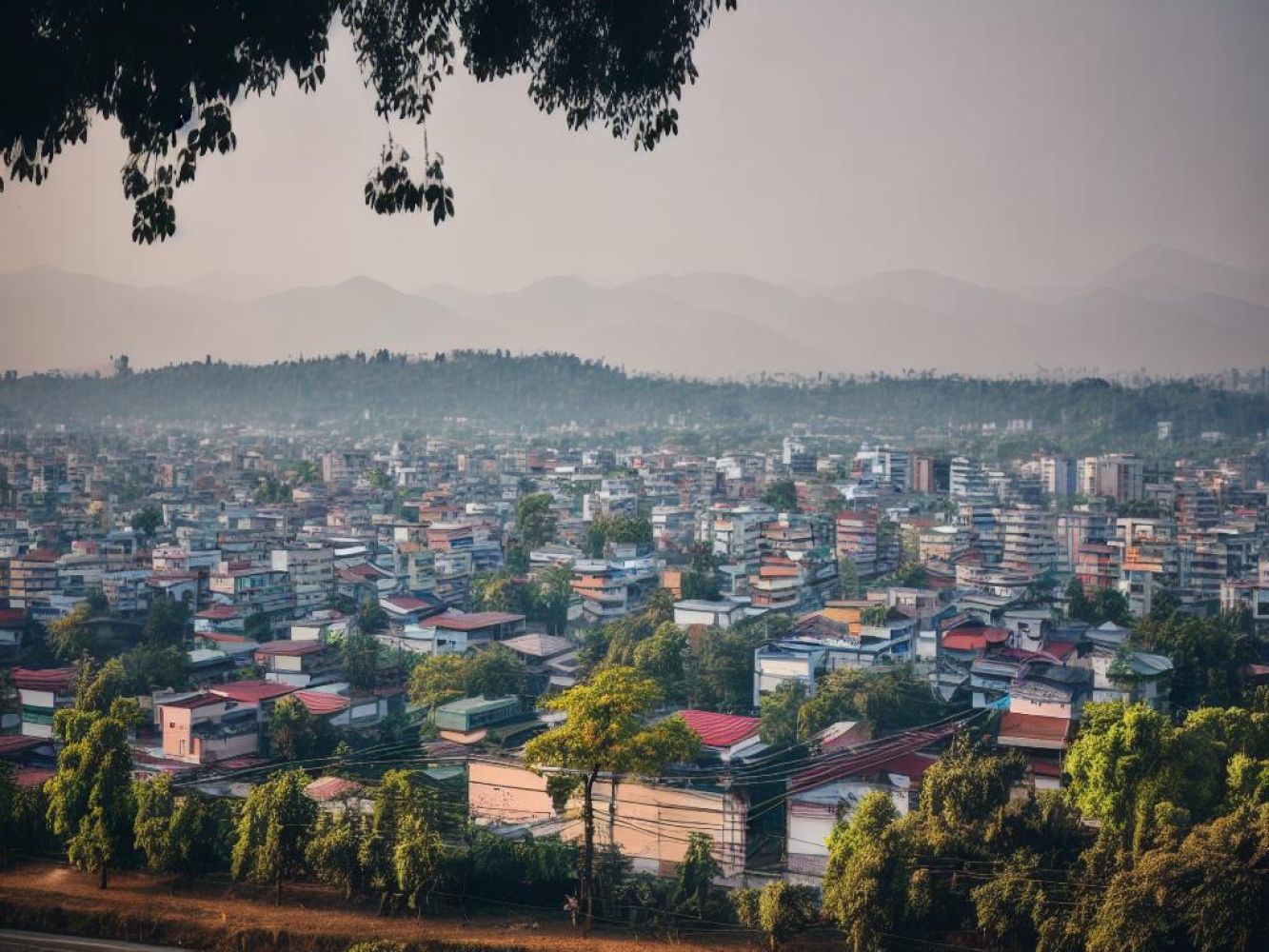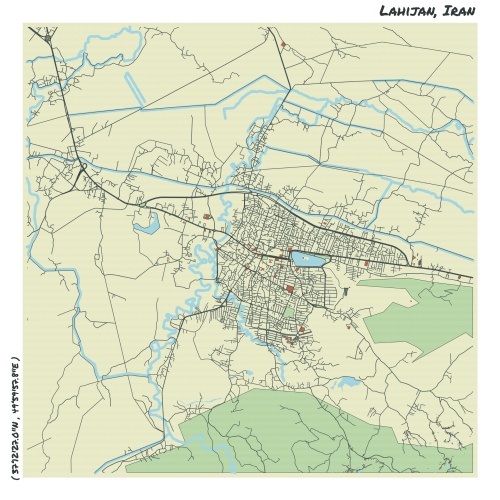Understand
Lahijan, a renowned resort, showcases a blend of traditional and modern architecture. Nestled on the northern slope of the Alborz mountains, the town has an Iranian-European urban structure. It flourishes as a major tourist destination in northern Iran, thanks to its rich culture and favorable climate. Lahijan's foundation lies upon the sediments of the Sefid-Rud (White River), a prominent river in Gilan. Historically, the city served as the central hub of business and the capital of East Gilan under special rulers. Throughout different eras in Iran's history, Lahijan has also attracted tourists from the Islamic world. The name "Lahijan" originates from the city's economic prominence during ancient times. "Lhijn" combines the words Lah, meaning silk, and "Jan or Gan," meaning a place where something is done. Thus, the word "Lahijan or lahigan" arose, referring to "a place to obtain silk fiber." According to Professor Bahram Farah'vashi, an Iranian expert in ancient languages, Lah signifies silk in Middle Persian Language and red silk in Decisive Argument. Hence, Lahygan (today known as Lahijan) refers to an area where silk is obtained. It can also be interpreted as a place associated with people from the Yemeni town of Lahij.
Map & Climate
Popular Foods
 Dish 1: Persian Kebab (Kebab-e Sabzi)The Persian Kebab is a beloved Iranian dish consisting of skewered, grilled meat (usually beef, lamb, or chicken) seasoned with onions, tomato paste, saffron, turmeric, and other aromatic herbs and spices. It's typically served alongside rice, grilled tomatoes, and savory herbs like parsley and chives.
Dish 1: Persian Kebab (Kebab-e Sabzi)The Persian Kebab is a beloved Iranian dish consisting of skewered, grilled meat (usually beef, lamb, or chicken) seasoned with onions, tomato paste, saffron, turmeric, and other aromatic herbs and spices. It's typically served alongside rice, grilled tomatoes, and savory herbs like parsley and chives.  Dish 2: Tahchin (Tahchin-e Morgh)Tahchin is a comforting, traditional Persian dish made with basmati rice, cooked in a savory tomato sauce, and layered with tender pieces of chicken, then baked until fragrant and delicious. The dish is often garnished with fried onions, barberries, and a dollop of creamy mast-o-khiar (yogurt mixed with cucumber and walnuts).
Dish 2: Tahchin (Tahchin-e Morgh)Tahchin is a comforting, traditional Persian dish made with basmati rice, cooked in a savory tomato sauce, and layered with tender pieces of chicken, then baked until fragrant and delicious. The dish is often garnished with fried onions, barberries, and a dollop of creamy mast-o-khiar (yogurt mixed with cucumber and walnuts).  Dish 3: Ghormeh Sabzi (Herb Stew)Ghormeh Sabzi is a filling, vegetarian stew characterized by its vibrant assortment of aromatic herbs (such as parsley, coriander, dill, and chives), tender white beans, and melt-in-your-mouth potatoes, all simmered in a rich, flavorful broth. This hearty dish is often enjoyed with a side of basmati rice or flatbread.
Dish 3: Ghormeh Sabzi (Herb Stew)Ghormeh Sabzi is a filling, vegetarian stew characterized by its vibrant assortment of aromatic herbs (such as parsley, coriander, dill, and chives), tender white beans, and melt-in-your-mouth potatoes, all simmered in a rich, flavorful broth. This hearty dish is often enjoyed with a side of basmati rice or flatbread. 




Comments
NO COMMENTS